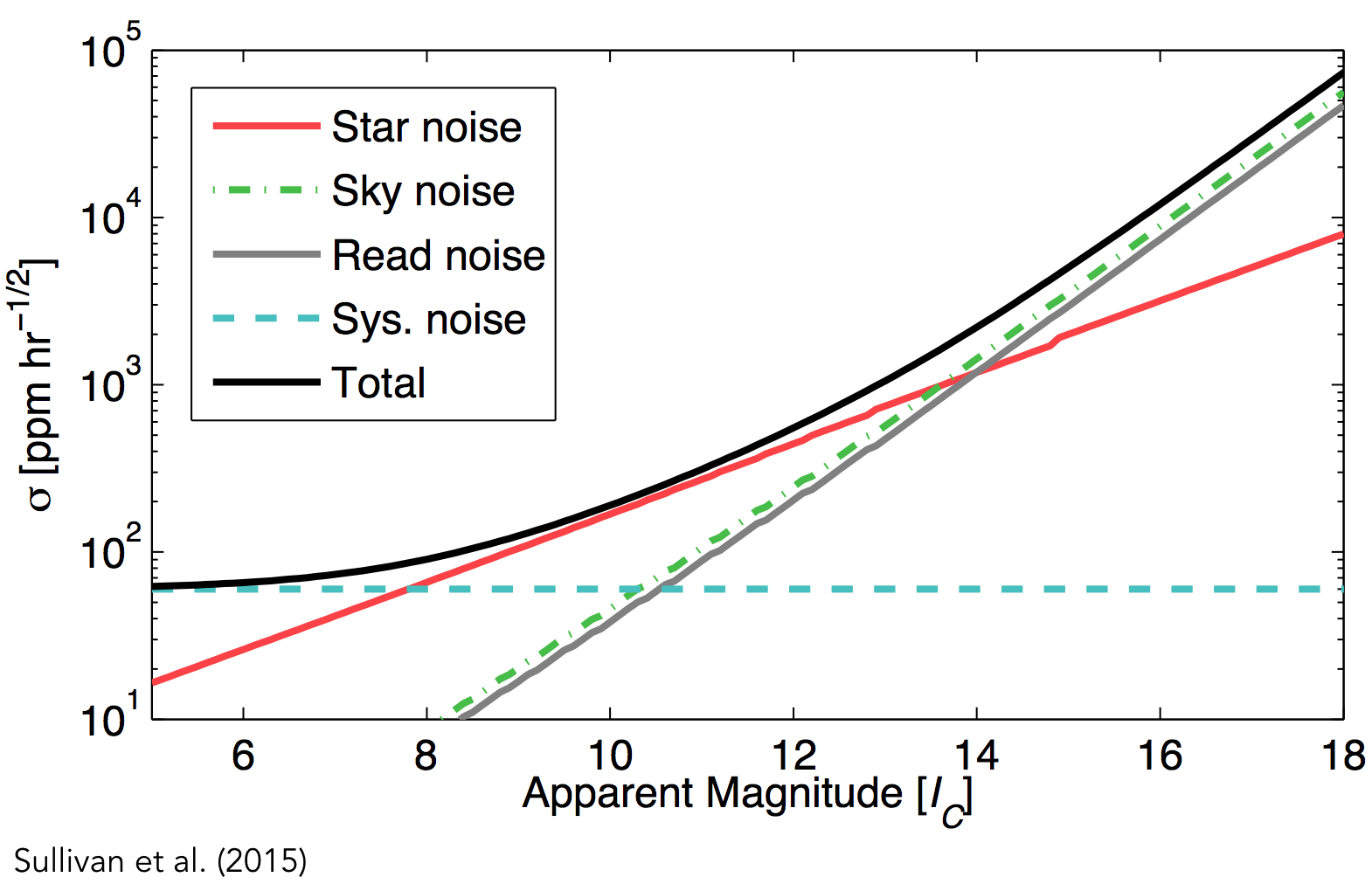The TESS mission provides the community with an opportunity to make ground-breaking discoveries in the field of exoplanets, astrophysics and planetary science. A description of the mission concept can be found in Ricker et al. 2014 and the TESS Observatory Guide.
Overview
The TESS spacecraft hosts 4 10-cm aperture cameras in an eccentric high-earth orbit in a 2-to-1 resonance with the Moon. This insures a thermally stable environment, provides the ability to remain on a single pointing for the duration of each Sector, and allows for high data rates during perigee. Pointing is maintained by a combination of two reaction wheels and thrusters, reacting to motion data provided by fine guidance sensors (fine-point observing) or star trackers (coarse-point observing).
With only two remaining reaction wheels, these operations are only possible while pointing within the orbital plane of the spacecraft, which approximates to the ecliptic. Only this specific family of pointings yields operational configurations where solar pressure is largely mitigated by spacecraft geometry, thereby making viable precision pointing and photometry approaching the quality achieved for the Kepler mission.
Capabilities
Science observations are taken at one of two timing settings: long (30-min) or short (1-min) cadence. When in fine-point observing, K2 is capable of achieving a benchmark photometric precision on an mV = 12 G2V star of better than 170 parts-per-million (ppm) in 30 minutes of integration, i.e., one long cadence exposure. This corresponds to ~30 ppm over a 6.5-hour transit of an Earth-sized body around that star.
While stars brighter than mV = 11.5 will saturate some pixels, K2 performs well on stars as bright as mV = 4, provided the scientific benefit justifies the large number of pixels needed to capture saturated flux bleeding along CCD columns. Kepler also has many faint-target scientific applications where mV = 20 objects yield a photometric precision of 10% over 30 minutes.
The broad photometric bandpass has a half-maximum transmission range of 430 to 840 nm. The instrument has neither changeable filters, dispersing elements, nor a shutter. The detector has a pixel scale of 3.98 arcseconds. Image quality varies with position in the focal plane, with the 95% encircled energy diameter ranging from 3.1 to 7.5 pixels with a median value of 4.2 pixels. The percentage of point-source flux concentrated in the center pixel is between 20% and 62% with a median value of 45%.
Sectors

Fraction of sky coverage for different time baselines that TESS will have over the 2-year prime mission.
Data yield
Photometric performance

Noise model for TESS photometry. Top: Expected standard deviation of measurements of relative flux, as a function of apparent magnitude, based on 1 hr of data. For the brightest stars, the precision is limited by the systematic noise floor of 60 ppm. For the faintest stars, the precision is limited by noise from the zodiacal light (shown here for an ecliptic latitude of 30°). Over the range of apparent magnitudes IC > 8–13, the photon-counting noise from the star is the dominant source of uncertainty. (Sullivan et al. 2015)